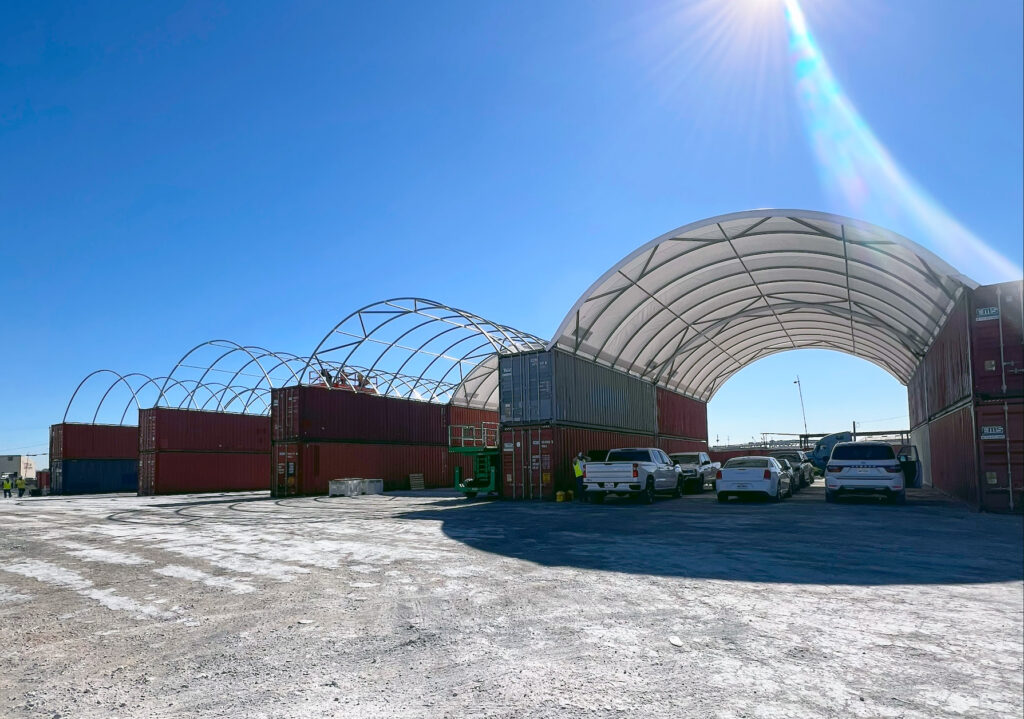If you live in Texas, you maybe well aware of how many tornadoes you get annually. In fact, even though tornadoes impact almost every state in the United States, Texas gets the brunt of it, with 140 tornadoes every year. In such a scenario, having a storm shelter where you and your loved ones can hunker down until the tornado passes is crucial.
Unsure of how to set up an emergency shelter or a DIY storm shelter? You can use a shipping container to do so. Read on to learn how.
1. Zoning
You may have the land available to dig a hole and bury a shipping container in it, but that doesn’t mean you’re free to do so. Depending on the county you are in, the rules will differ.
So, the first thing you need to do is talk to your local state, county, or city zoning office about the laws surrounding building out an emergency shelter. This will remove any uncertainties around placing a modified shipping container onto your property for that purpose.
In some areas of the country, you will need to apply for a zoning permit before undertaking such a task.
2. Foundation
Surprisingly, if you bury a shipping container as-is, it could collapse from the pressure of the earth piled above it. That’s why you must understand how shipping containers are built. A shipping container was built to be stacked, thus, all four corners of a shipping container are load-bearing, and that’s all. So, if you are not building an above-ground storm shelter, you will need to build a platform that distributes the weight of the earth above all four posts evenly.
3. Insulation
If you don’t have proper insulation, then the shipping container will be susceptible to surrounding moisture (even though shipping containers are watertight and windproof). You can use roofing tar, truck bed liners, or plastic tarps. Anything that will ensure that the moisture from the outside doesn’t invade the inside of the container shelter. This unwelcome moisture could make things uncomfortable, very quickly, for temporary residents of the shelter.
Additionally, if food (or other moisture susceptible items) are to be stored inside the emergency shelter, then preventing moisture penetration becomes even more important.
4. Ventilation
Finally, you will need to have a robust plan for the proper location of ventilation and where to place the shelter’s entry and exit points. This is especially important if the shipping container is to be buried under tons of earth. Lack of proper ventilation could quickly prove to be very toxic or even deadly for the residents inside.
So, always plan for proper airflow as you build-out the container shelter. How will used air be pushed back into the atmosphere, and fresh air integrated back into the storm shelter. This is an important
Next Steps
As you can see, it’s quite possible to build a storm shelter from a shipping container, but it does need a bit of planning and forethought. It’s just not as easy as digging a hole in the ground and burying the shipping container.
If you are interested in getting an emergency shelter made from shipping containers, contact us at Equipments Management Services, we can help with our shipping container modification services. and our large inventory of both used and new shipping containers.










